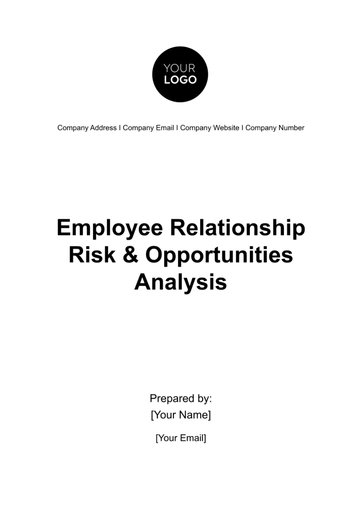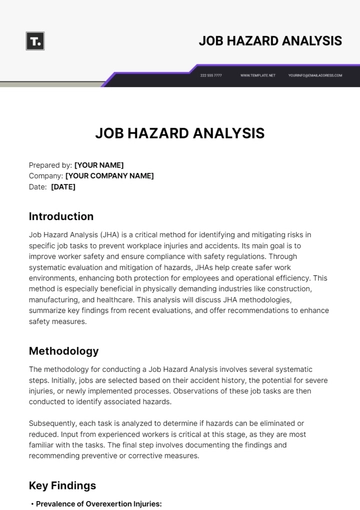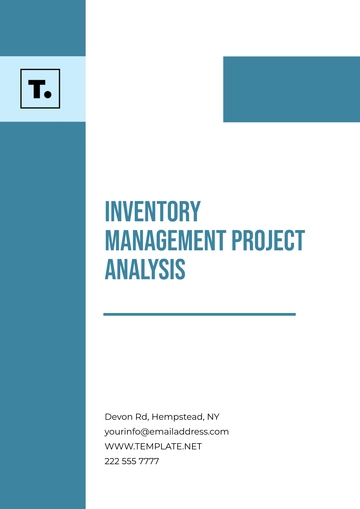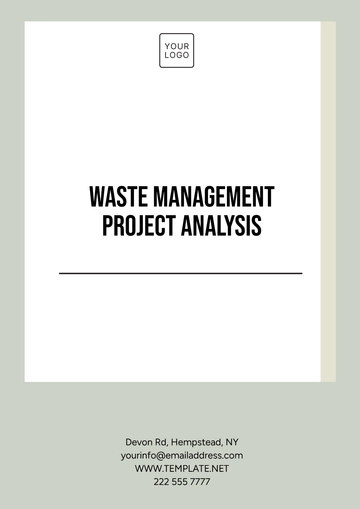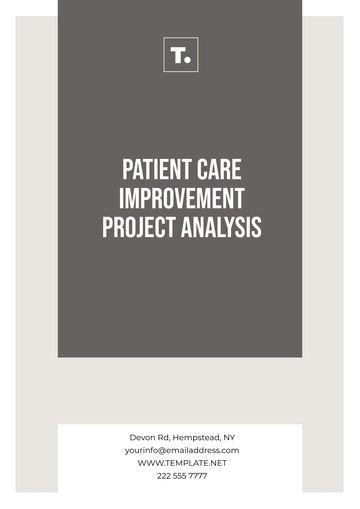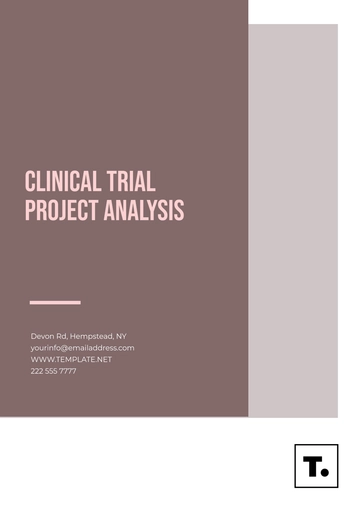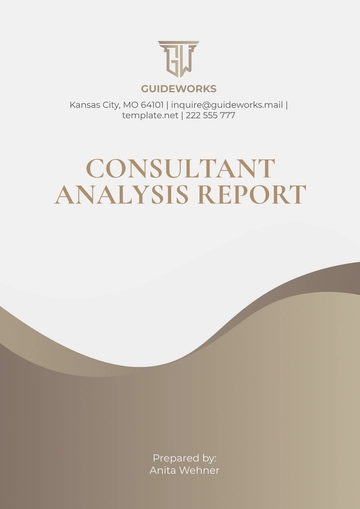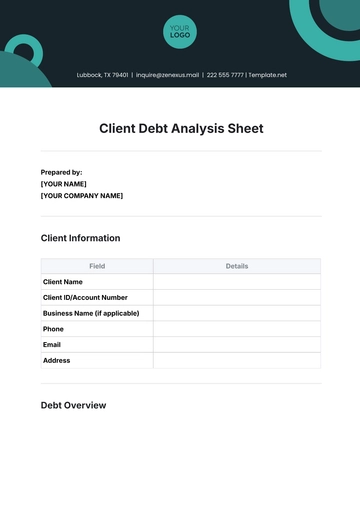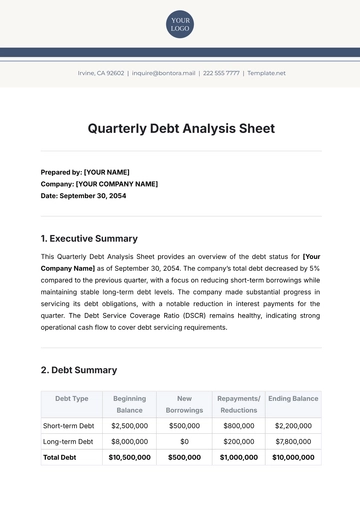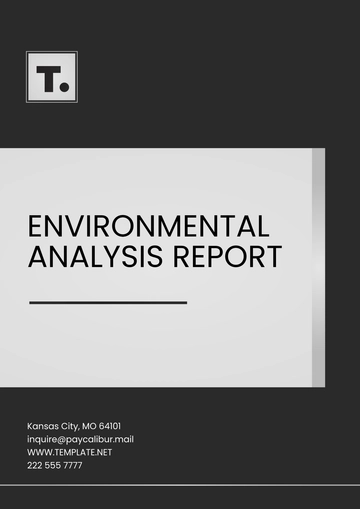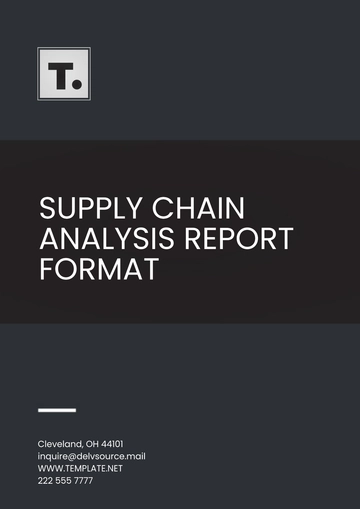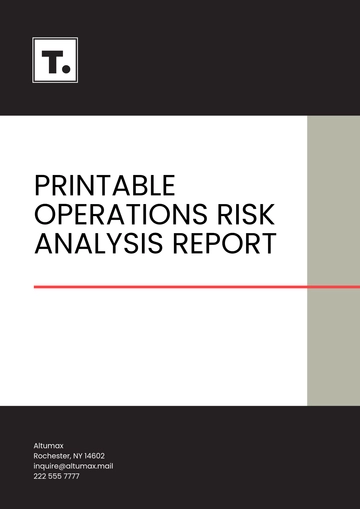Free Manufacturing Job Safety Analysis

I. Introduction
This Job Safety Analysis (JSA) document provides a structured framework to identify, assess, and mitigate potential hazards in the workplace, promoting a culture of safety at [Your Company Name]. The JSA aims to prevent workplace accidents and injuries by systematically analyzing job tasks and associated risks. A proactive approach to safety reduces downtime and enhances employee well-being.
Scope
This analysis applies to all roles and tasks within the manufacturing operations of [Your Company Name]. It includes employees, contractors, and visitors to ensure comprehensive safety coverage.
II. Hazard Identification in Manufacturing Tasks
Understanding the types of hazards that may arise in manufacturing is critical to implementing preventive measures. This section highlights common risks and their potential impact on operations and personnel.
Mechanical Hazards: These include moving machinery parts, sharp edges, and pinch points. Proper guarding and employee training minimize the risk of mechanical injuries.
Chemical Hazards: Exposure to solvents, lubricants, or cleaning agents can lead to burns, respiratory issues, or long-term health problems. Adequate ventilation and use of personal protective equipment (PPE) are essential.
Ergonomic Hazards: Tasks involving repetitive motion or heavy lifting can cause musculoskeletal injuries. Workstations should be designed ergonomically, and workers trained in proper techniques.
Electrical Hazards: Risks include shocks, burns, or fires from faulty wiring or improper grounding. Regular maintenance and adherence to electrical safety protocols are mandatory.
Environmental Hazards: Noise, heat, or inadequate lighting can impair performance and lead to accidents. Engineering controls, such as soundproofing and proper ventilation, can address these issues.
III. Risk Assessment Framework
Risk assessment is an integral part of JSA, quantifying hazards based on their severity and likelihood. The following table provides a structured approach to assess and prioritize risks.
Hazard | Likelihood | Severity | Risk Level | Priority |
|---|---|---|---|---|
Moving machinery | 4 | 5 | 20 | High |
Chemical exposure | 3 | 4 | 12 | Medium |
Repetitive motion | 5 | 3 | 15 | High |
Electrical issues | 2 | 5 | 10 | Medium |
Poor lighting | 3 | 2 | 6 | Low |
This framework aids in focusing resources on addressing the most critical risks first, allowing the company to allocate efforts effectively. Prioritizing high-risk areas ensures a safer work environment and reduces the likelihood of incidents.
IV. Control Measures for Common Hazards
Control measures aim to eliminate or reduce the risks identified in manufacturing tasks. These measures are categorized and implemented based on the hierarchy of controls.
Elimination: Remove hazards entirely by redesigning processes or substituting materials. For instance, automating dangerous tasks reduces worker exposure to risks.
Engineering Controls: Modify equipment or the workplace to isolate workers from hazards. Examples include machine guards and noise barriers.
Administrative Controls: Implement policies and training programs to promote safe practices. Scheduling regular safety drills ensures workers are prepared for emergencies.
PPE: Provide workers with safety gear like helmets, gloves, and goggles to protect them from residual risks. PPE is a last line of defense when other controls are insufficient.
Monitoring and Maintenance: Regularly inspect safety controls and equipment to ensure they function effectively. Proactive maintenance prevents the recurrence of hazards.
V. Safe Work Procedures
Safe work procedures outline step-by-step guidelines to perform specific tasks while minimizing risks. This section provides detailed instructions for common manufacturing tasks to ensure consistent adherence to safety protocols.
A. Operating Machinery
Operating machinery requires precision and attention to prevent accidents from mechanical hazards.
Pre-Operation Inspection: Always inspect the machine for signs of wear, malfunction, or missing safety guards. Address any issues before starting the operation.
Starting Procedures: Follow manufacturer-recommended steps to power on machinery. Avoid distractions and ensure that no one is in hazardous zones.
During Operation: Keep hands and clothing away from moving parts, and use machine tools as intended. Regularly monitor machine performance to detect irregularities early.
Shut Down Procedures: Power off equipment as per protocol and ensure all moving parts have stopped before cleaning or maintenance. Post proper signage during maintenance to alert others.
B. Handling Chemicals
Handling chemicals involves risks like exposure, spills, or improper mixing, which can cause harm to personnel or equipment.
Material Safety Data Sheets (MSDS): Familiarize yourself with MSDS for all chemicals in use. These sheets provide critical information on handling, storage, and first aid.
Protective Gear: Always wear chemical-resistant gloves, goggles, and aprons. Additional PPE may be required for hazardous or reactive substances.
Labeling and Storage: Store chemicals in clearly labeled, approved containers. Incompatible substances must be stored separately to prevent reactions.
Spill Management: Use spill kits for cleanup and dispose of waste as per environmental regulations. Report major spills immediately and evacuate if necessary.
Ventilation: Work in well-ventilated areas or use fume hoods to reduce inhalation risks. Proper airflow minimizes exposure to harmful fumes.
C. Lifting and Loading Heavy Items
Lifting and loading tasks involve ergonomic hazards, such as back strain and muscle injuries.
Assessment: Evaluate the weight and shape of the item before lifting. Ask for assistance or use lifting equipment for heavy or bulky loads.
Lifting Techniques: Bend your knees, keep your back straight, and lift using your legs. Avoid twisting your body while carrying items.
Using Tools: Employ trolleys, forklifts, or pallet jacks for transporting loads. Ensure equipment is in good working condition before use.
Load Placement: Place loads securely and evenly to prevent tipping. Use shelves or storage areas designed for the weight and size of the item.
D. Electrical Repairs
Electrical repairs pose risks of electric shock, burns, or fires if not handled correctly.
De-Energization: Always de-energize circuits and equipment before performing repairs. Use lockout/tagout procedures to prevent accidental re-energization.
Inspection: Check wiring, connections, and tools for damage or wear. Faulty equipment should be repaired or replaced before use.
Safe Tools: Use insulated tools and wear rubber-soled shoes when working on electrical systems. Avoid working in wet areas.
Grounding: Ensure proper grounding of equipment to prevent electrical surges or shocks. Regularly test grounding systems.
E. Assembling Parts
Assembling tasks often involve the use of hand tools and precise coordination, which can lead to repetitive strain injuries or minor accidents.
Tool Selection: Use tools that are appropriate for the task and in good condition. Ensure they are ergonomic and easy to handle.
Workstation Setup: Organize tools and materials within easy reach to minimize overextension. Adjust workstation height to suit the worker's posture.
Technique: Avoid excessive force when using tools to prevent injury or tool damage. Follow manufacturer guidelines for tool operation.
Breaks and Rotation: Take regular breaks to prevent fatigue. Rotate tasks to reduce the risk of repetitive strain injuries.
VI. Emergency Response and Incident Reporting
Preparedness and prompt response are essential for managing accidents and emergencies effectively. This section outlines key protocols to ensure quick action and thorough reporting.
Emergency Plans: Develop and communicate evacuation and response plans for scenarios like fires or chemical spills. Employees should be trained to follow these plans without delay.
First Aid: Ensure first-aid kits are available, and workers are trained in basic first-aid procedures. Quick treatment can minimize the severity of injuries.
Incident Reporting: Implement a streamlined process for reporting accidents or near-misses. Detailed reports help identify root causes and prevent recurrence.
Investigation and Follow-Up: Conduct thorough investigations to determine the causes of incidents and implement corrective actions. Sharing lessons learned fosters a culture of safety awareness.
Regular Drills: Schedule fire, spill, and other emergency drills to ensure readiness. Rehearsals reinforce roles and responsibilities in crisis situations.
VII. PPE Selection and Requirements
Proper selection and use of PPE are vital to protecting workers from residual hazards. The table below outlines the PPE requirements for common manufacturing tasks.
Task | Hazard | Required PPE |
|---|---|---|
Operating machinery | Flying debris | Safety goggles, steel-toe boots |
Handling chemicals | Chemical exposure | Gloves, chemical-resistant apron, goggles |
Electrical repairs | Electric shock | Insulated gloves, non-conductive footwear |
Welding | UV radiation, sparks | Welding helmet, gloves, flame-resistant clothing |
Noise-prone tasks | Hearing damage | Earplugs or earmuffs |
Ensuring compliance with PPE guidelines is a fundamental safety practice that reduces risks of injury by protecting workers from potential hazards. A workplace where PPE is properly used promotes confidence, efficiency, and overall safety culture.
VIII. Next Steps
To maintain and improve workplace safety, it is essential to establish a cycle of evaluation, training, and process enhancement. By committing to these steps, [Your Company Name] can sustain a culture of safety, enhance operational efficiency, and uphold its responsibility toward employee well-being.
Regular Updates to the JSA: Periodically review and update the Job Safety Analysis to reflect changes in work processes, equipment, or safety regulations. Ensuring that the JSA remains current is critical to maintaining its effectiveness in mitigating risks.
Comprehensive Employee Training: Conduct ongoing training programs for all employees, focusing on safe work procedures and hazard awareness. Regular refreshers ensure that workers stay informed about the latest safety protocols.
Monitoring and Compliance Checks: Implement a system for regular audits to ensure adherence to safety procedures and PPE usage. Proactive monitoring helps identify gaps and reinforces accountability.
This document provides an overview for safety, with actionable insights and protocols to ensure compliance and continuous improvement. Regular reviews and updates to the JSA will help the company adapt to evolving challenges, fostering a workplace culture where safety is prioritized and celebrated.
- 100% Customizable, free editor
- Access 1 Million+ Templates, photo’s & graphics
- Download or share as a template
- Click and replace photos, graphics, text, backgrounds
- Resize, crop, AI write & more
- Access advanced editor
Enhance workplace safety with the Manufacturing Job Safety Analysis Template available on Template.net. This editable and customizable form provides a structured framework for assessing job tasks, identifying hazards, and implementing control measures. Modify it using the Ai Editor Tool to reflect your organization's specific safety protocols and operational nuances.
